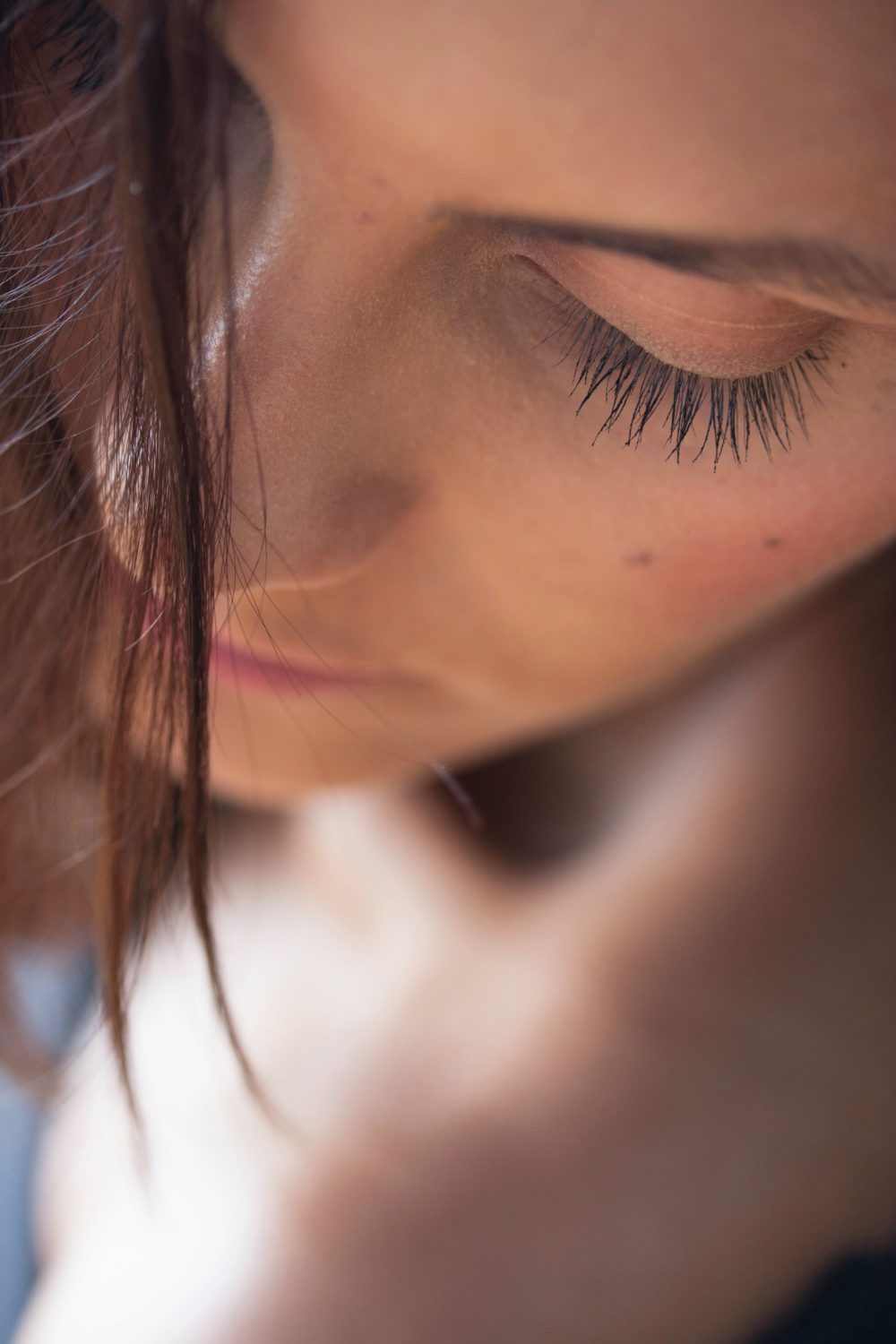
Waking up to find a few stray lashes on your pillow can definitely stir some emotions. That little heart flutter, the momentary panic, the rush of thoughts — “Am I losing them too quickly? Did that new mascara do this? Wait, is this even normal?”
And while it’s natural to feel a pang of concern: it’s not a sign of doom. It’s completely normal!
So, how many eyelashes do you lose a day, and why? On average, we lose between 1 to 5 eyelashes daily. Like other hairs on your body, lashes have a growth cycle, and shedding is an integral part of that process.
Understanding the Eyelash Growth Cycle
The eyelashes’ life cycle comprises three phases:
1. Anagen:
Remember when you wished your lashes would grow a little longer, a bit fuller? They were probably in the anagen phase. This is when your eyelashes are actively growing, fueled by the tiny blood vessels in the follicle. The anagen phase lasts between 30 to 45 days, but unlike the hair on your head, which can grow for years, lashes have a much shorter growth timeline.
2. Catagen:
This is a brief pause in the journey, and your lashes aren’t growing during this phase. Instead, they’re in a transition where the hair follicle begins to shrink. Lasting around two to three weeks, it’s like a short intermission before the final act.
3. Telogen :
This is when your lashes are chilling, not growing, just hanging out. However, during this phase, they’re most likely to fall out, especially when washing your face or rubbing your eyes. The telogen phase can last for an impressive 100 days or more. And when one lash falls out, another is waiting to grow.
Factors Affecting Eyelash Shedding
While we’ve established that shedding is a part of the natural lash cycle. But sometimes, other culprits can accelerate this process, causing excessive lash loss. These include:
Natural Causes:
Rubbing your eyes after a long day or washing your face with vigor might dislodge a lash or two that were already in the telogen phase. Then, there’s the unavoidable march of time. Just as skin changes with age, lashes can become thinner and more prone to shedding as we grow older.
External Factors:
Makeup is a double-edged sword. That mascara which gives volume by day can lead to lash loss by night if not removed gently. Similarly, eyelash extensions, though glamorous, can strain the natural lash, leading to increased fallout if not properly maintained. Then there are environmental factors. Harsh winters or dry climates? They aren’t your lashes’ best friends.
Medical Causes:
Some medications list hair loss as a side effect, and this can extend to your eyelashes. Moreover, conditions like alopecia or thyroid imbalances can also play a role in more pronounced lash shedding.
How to Care for Your Eyelashes
Now, armed with knowledge, how do you ensure your lashes stay in their prime?
Gentle Care:
Treat your eyelashes like the delicate structures they are. No aggressive rubbing. When removing makeup, use a gentle remover and take your time. Rushing might save a minute now, but could cost a few lashes in the process.
Nourishment:
Just like plants thrive with the right nutrients, your lashes do too. Think about eyelash serums and conditioners that are designed to strengthen and protect. And don’t forget about your diet – foods rich in proteins, vitamins, and antioxidants can boost overall hair health.
Using serums specifically formulated for growing lashes is essential in maintaining their health and promoting optimal growth. These specialized serums often contain ingredients such as peptides, vitamins, and nourishing oils that contribute to lash strength and resilience. Incorporating a serum for growing lashes into your daily beauty routine can result in longer, fuller lashes while providing the necessary nutrients for their overall well-being. Moreover, regular use of these essentials can enhance their appearance, leaving you with lashes that not only look stunning but are also less prone to breakage and damage.
Choose Products Wisely:
The market is flooded with beauty products, but picking the right ones can make all the difference. Choose quality over quantity. And when it comes to eyelash extensions or perms, always ensure you’re going to a reputable professional.
Hydration Matters:
Just as your skin benefits from staying hydrated, so do your lashes. Drinking an adequate amount of water helps maintain the overall health of your hair, including your lashes.
Practice Makeup-Free Days:
Give your lashes a breather by going makeup-free on some days. This allows them to rejuvenate and reduces the chances of damage from makeup or makeup removal.
Check Your Makeup Tools:
Regularly clean your makeup brushes and eyelash curlers to prevent the buildup of dirt, bacteria, and old makeup. Dirty tools can cause eye infections and damage to your lashes.
Common Myths about Eyelash Shedding
There’s no shortage of myths and misconceptions regarding eyelash care and, generally, the beauty industry. Let’s debunk some common misconceptions:
1. Cutting Your Lashes Makes Them Grow Longer:
It’s a tempting idea, but trimming your lashes won’t magically make them grow longer. Lash length is determined by the anagen phase of the lash cycle. Trimming does not alter this.
2. Crying Makes Eyelashes Grow Longer:
While a good cry can be therapeutic, it won’t miraculously lengthen your eyelashes. The idea that tears promote lash growth is charming but lacks scientific evidence. Eyelash length is primarily determined by your genetics and the natural lash growth cycle, not the volume of tears shed.
3. Lash Extensions Prevent Natural Lashes from Shedding:
While lash extensions can enhance the appearance of your lashes, they don’t prevent your natural lashes from shedding. In fact, wearing extensions for extended periods can lead to increased lash loss when they are removed.
4. Mascara Makes Lashes Grow Thicker:
Mascara may create the illusion of thicker lashes, but it doesn’t actually promote lash growth. Be cautious of products claiming to do so, as they often deliver temporary cosmetic effects rather than true growth.







